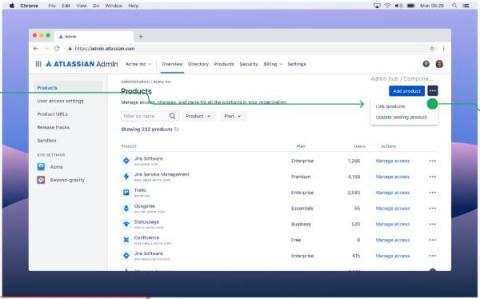Operations | Monitoring | ITSM | DevOps | Cloud
Latest News
Runbook Automation | What It Is & How To Do It
Spot Security: Detect, prioritize, and take action against threats
Ubuntu compliance monitoring with Microsoft Intune
In recent years, data science, AI and software development have become a key focus area for organisations operating in every sector of the economy. This creates a pressing need to adopt Linux desktops in the enterprise, as research clearly shows a growing number of data scientists and developers prefer operating systems like Ubuntu.
Azure Unmanaged Disks Soon Deprecated
Microsoft announced in September 2022 that they will be deprecating Azure Unmanaged Disks on September 30, 2025. This means that customers will no longer be able to create or use unmanaged disks after this date. Unmanaged disks are a type of storage that is not managed by Microsoft. This means that customers are responsible for managing all aspects of the disk, including provisioning, backups, and security. Managed disks, on the other hand, are a type of storage that is managed by Microsoft.
Chaos Engineering Tools: Myth vs Fact
With so many Chaos Engineering tools available, it’s no surprise that SRE and platform leaders are doing their homework when choosing a platform to help them build and scale their Chaos Engineering programs. But like anything else you can research on the internet, there’s a lot of noise and hype that you need to wade through. Gremlin works with Reliability Engineering teams at hundreds of companies with the most sensitive workloads—and has since 2016.
MSP Automation: Transform & Scale your MSP Business
MSP Automation was the main focus of our recent webinar, which covered how Managed Service Providers can transform the scalability of their businesses by removing the headaches of manual request processing. The webinar was widely attended by enterprise IT staff too , particularly those with an ethos of delivering an experience (rather than a service level). The same principles apply, so here’s an overview of what was covered during the session.
Why Network Automation Is an I&O Imperative
While network automation tools can help infrastructure and operations (I&O) teams improve their agility, lower their costs, and reduce the risk of manual errors, network management stubbornly remains a largely manual process. According to a recent Gartner report, less than 35% of enterprise network activities are automated today, forcing enterprises to run largely using a ClickOps model.











